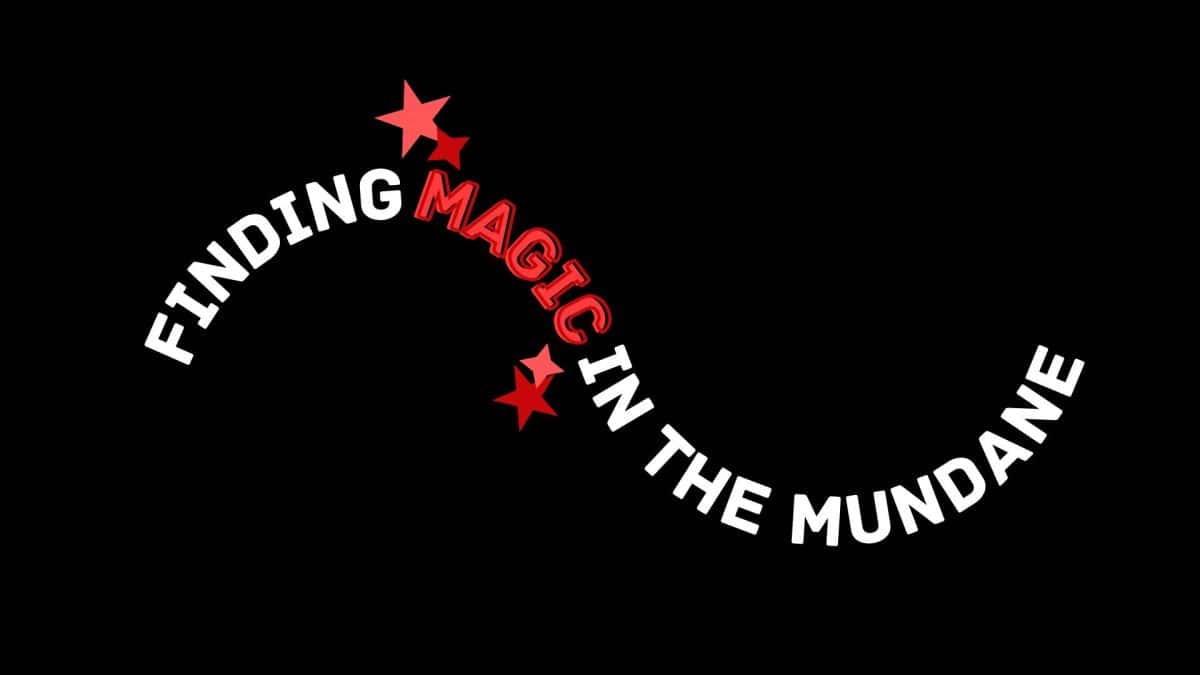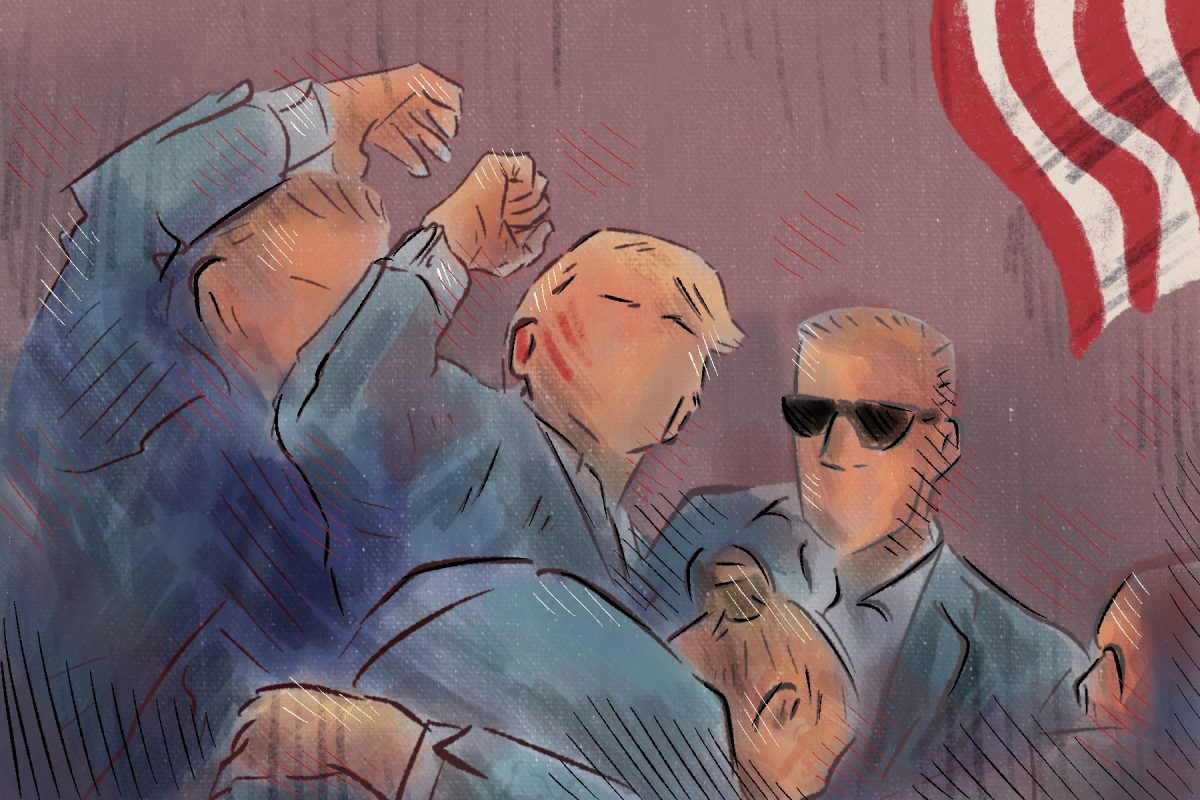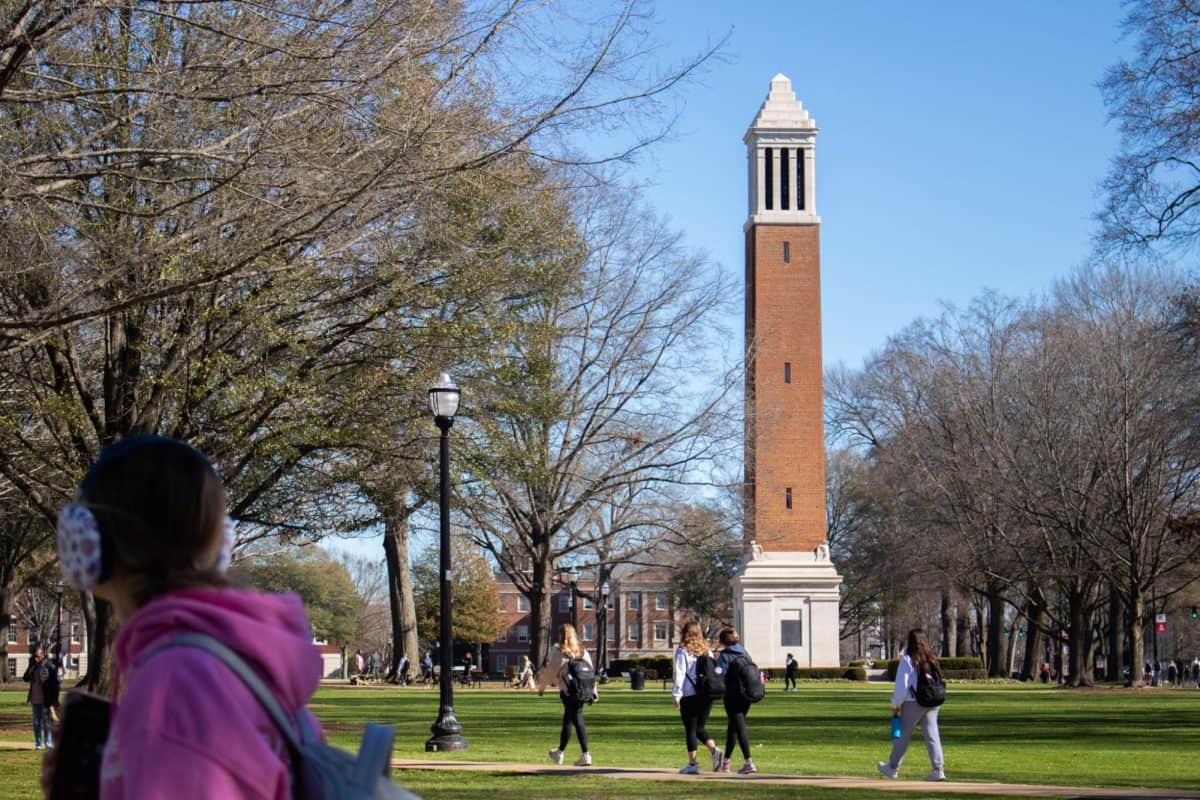It isn’t exactly news that newspapers are in trouble. For the media industry, the transition to the internet age has been rocky from the start, as outlets have lost advertising revenue to other websites and struggled to collect subscription fees from online readers. Recent layoffs at several well-known publications, only the latest sign of distress, follow a yearslong drumbeat of closures and contractions at smaller outlets.
Physical newspapers — like those The Crimson White once churned out four times a week — have appeared moribund longer than most college students today have been alive. The writing was certainly on the wall nearly a decade ago, when a letter from the editor trumpeted this publication’s pivot to a digital-first model.
“Beginning Monday, August 24, 2015, The Crimson White newspaper will cease to exist,” the letter proclaimed, adding that a “news magazine” would still be printed twice a week. The letter went on to announce the organization’s rebranding as “The Crimson White Media Group,” along with a slew of new content, including “an anonymous Q-and-A blog monitored 24/7,” on the technically-still-existent site Tumblr.
During the pandemic, The Crimson White stopped printing completely. I was a reporter on the news desk, in my second semester at the University, when campus newsstands were replenished for the first time in more than a year. Since then, the paper has produced a print edition roughly once a month. The broadsheet is filled with the same great work we publish multiple times a week online, but it’s more symbolic than anything else.
Although the tangible product that defined an earlier era of journalism is disappearing, The Crimson White still has a thriving newsroom, full of student reporters, writers, photographers, columnists and editors who cover our community for the paper’s website, email newsletter and social media accounts. The same cannot be said for the thousands of U.S. newspapers, many of them local, that have shuttered in the past two decades.
Many a column in the publications that remain has been devoted to explaining this decline. The internet-driven disruption of old newspaper business models — which generally relied on ad sales as well as on households that paid to have the paper delivered to their doorsteps — was a huge blow. But it’s not as if people are unwilling to pay for digital content.
Nearly 83 million households in the United States and Canada subscribe to Netflix, at an average rate of $17.30 a month, according to the company’s April 18 letter to shareholders. More than 230 million Spotify users worldwide pay for that service. And The New York Times, which The New Yorker’s Clare Malone has called “not so much a newspaper as a digital life-style brand,” now has more than 10 million subscribers, almost all of them digital-only.
Could it be that we’ve lost our taste for news? There are indications that this is the case. A 2022 survey by Pew Research Center found that only 38% of U.S. adults said they followed the news all or most of the time, down from just over half six years earlier. In 2021, when researchers in Pennsylvania offered thousands of people free subscriptions to their local newspapers, less than 2% accepted.
A global study last year from the Reuters Institute for the Study of Journalism found that 36% of people said they “sometimes or often actively try to avoid the news,” up from 29% in 2017.
Perhaps one reason we’ve soured on news is that the quality of reporting has fallen. It’s easy to imagine that reporters become less careful and less thorough when they’re stretched thin by staffing cuts. From 2005 to 2023, nearly a third of U.S. newspapers vanished, according to a report by Penelope Muse Abernathy, who researches local news deserts, for Northwestern University’s Local News Initiative. Analyzing data from the Bureau of Labor Statistics, Abernathy found that the number of newsroom employees at U.S. papers had dropped by more than half between 2005 and 2022.
The fact that newspaper employment declined substantially more than the number of newspapers, and in a shorter time, suggests that staffs have gotten smaller. Indeed, Abernathy writes of “‘ghost newspapers,’ which have either no local journalists remaining on staff or so few that the paper’s ability to provide critical news and information to residents in that community has been severely curtailed.” Some papers no longer have any full-time reporters on staff.
This erosion has been particularly unkind to copy editors. The New York Times’ decision to scuttle its copy desk in 2017 caused a stir in the journalism community. “The revolution will not be proofread,” a headline on the (now-defunct) news site The Outline lamented. Last year, The Texas Tribune sacked its entire copy desk.
When similar changes happen at smaller papers, they tend to attract less attention. The Tuscaloosa News’ online staff directory lists eight employees, including four dedicated to covering sports, but not one copy editor. (I am one of three part-time copy editors who have worked for The Crimson White throughout the current academic year.)
Copy editors provide a safeguard against myopic reporting by offering the closest thing to an outside perspective that can be found without leaving the newsroom. “They represent the readers, and they watch out for the organization’s reputation,” University of Oregon journalism professor John Russial wrote in 2017.
A copy editor’s job consists of more than policing commas and ensuring the correct choice among “there,” “their” and “they’re.” Editing, as the copy maven Merrill Perlman has defined it, “is the process to assure that the message intended by the writer is the one received by the audience.” It involves thinking critically about what a writer is saying and how they’re saying it — as well as what they’re not saying. Many copy editors are also fact-checkers, verifying details about the events, people, organizations and research mentioned in a story.
Speaking for an article published by the University of Wisconsin’s Center for Journalism Ethics, Perlman emphasized the importance of an independent copy desk. “Everyone who touches a story now has a vested interest,” she said, referring to the reporters and desk editors who work on a piece. “They are not the disinterested party like the copy editor was.”
While it’s hard to measure all the effects that getting rid of copy editors might have on stories, a piece that is seen by fewer eyes before it gets published is generally more likely to contain the kind of oversights that turn off readers.
Even the most scrupulous publications are bound to err occasionally, and readers will inevitably kvetch. Many people, however, seem to believe that typos have grown more frequent in recent years. I don’t doubt it, and I suspect the disappearance of copy editors has something to do with it.
If local journalism is getting worse, it could be part of a vicious cycle, as declining revenue leads to a degrading product that attracts fewer and fewer subscribers. That doesn’t mean people have lost interest in what’s going on in their communities. For many people, though, reading news articles no longer seems like the best way to keep up with the world around them.
All of this leaves student media in an interesting position. College newspapers aren’t totally immune to the forces transforming media, and they sometimes face their own particular challenges, such as hostile or controlling university administrators who threaten the publications’ editorial independence. But a couple factors work in favor of papers like The Crimson White.
One is low labor costs. Few, if any, members of The Crimson White’s staff end up receiving more than minimum wage for the hours they put into the publication; many contributors are unpaid.
More crucial is the funding papers receive from the institutions whose campuses they serve. Many leaders in higher education seem to recognize the value of sustaining student journalism on their campuses. If nothing else, headlines announcing the death of a college’s newspaper are unlikely to attract prospective students.
These factors allow The Crimson White to maintain a workflow that has become obsolete elsewhere. With rare exceptions, every story we publish is reviewed by several editors, including one or two copy editors, before being published. If we still make mistakes — and we do — they’re less likely to be byproducts of haste than of students’ ongoing initiation into the practice of journalism.
Increasingly, student journalists are some of the only people left covering places where local news outlets have gone under. At the University of Iowa, The Daily Iowan recently absorbed two weekly papers in nearby communities, which it plans to continue covering. Over the past few years, some of the best reporting on the Tuscaloosa area and beyond has come from my colleagues at The Crimson White.
In the Office of Student Media, a squat building near the eastern edge of The University of Alabama’s campus, there are stacks and stacks of copies of The Crimson White, some many decades old. When you hold the yellowed newsprint in your hands, it’s hard not to feel nostalgic. But it isn’t the physical paper that ties communities together. It’s the words themselves.
Will we have to explain to our grandchildren what newspapers were? Maybe. When it comes to local journalism more broadly, though, I’m hopeful there will still be something we can point to.







